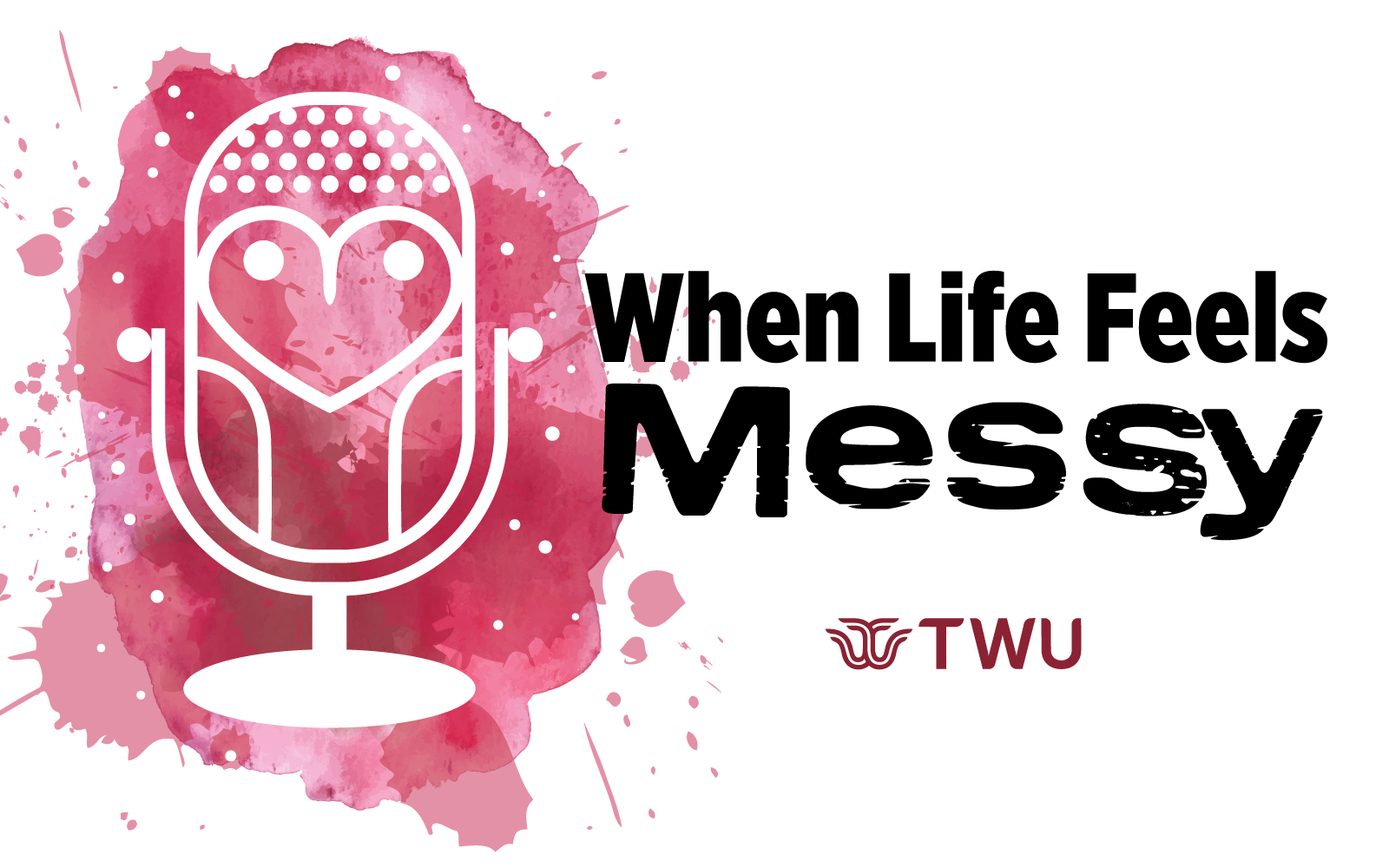You wake up knowing exactly what needs to get done — that assignment, that email, the laundry piling up — but somehow, you just… can’t start. You scroll through your phone, stare at your to-do list, and feel the weight of everything you “should” be doing, yet you just can’t get yourself to do it. Sound familiar? Losing motivation is something we all experience from time to time and is very common for college students. But when it becomes a pattern — when the energy, focus, and drive you used to have seem to vanish — it can be discouraging and confusing. It’s easy to think you’re being lazy or unproductive, but in reality, what’s often happening has much more to do with mental health and executive dysfunction than with willpower. Motivation isn’t just about “trying harder.” It’s a complex process that involves the brain’s reward system, emotions, and energy regulation. When your mental or physical resources are low, that system can easily short-circuit. Common reasons motivation m...
September 2025: When Your Inner Critic Sounds Like a Drill Sergeant: Silencing the Negative Self-Talk
“You’re not smart enough to be here.” “You made a mistake? Unacceptable. You should have done better.” “Everyone else gets this faster than you.” “If you don’t get straight A’s, you’re a disappointment." Sound familiar? Many of us carry around this negative “inner critic” that consistently tells us we aren’t “enough”. The inner critic is the internal voice that criticizes, judges, and pressures you - often more harshly than anyone else would. This is why the common phrase is “you are your own worst critic”. This voice might feel like it’s “motivating” you, but the reality is that our inner critic most often makes you feel ashamed, guilty, and unworthy, rather than encouraging growth. We see this a lot in college, as this is the breeding ground for self-criticism. With balancing academics, social life, finances, and figuring out who you are as a person, it makes sense that the “inner critic's” voice shouts louder and louder. Some common ways we see this is: Academic Pressure...
